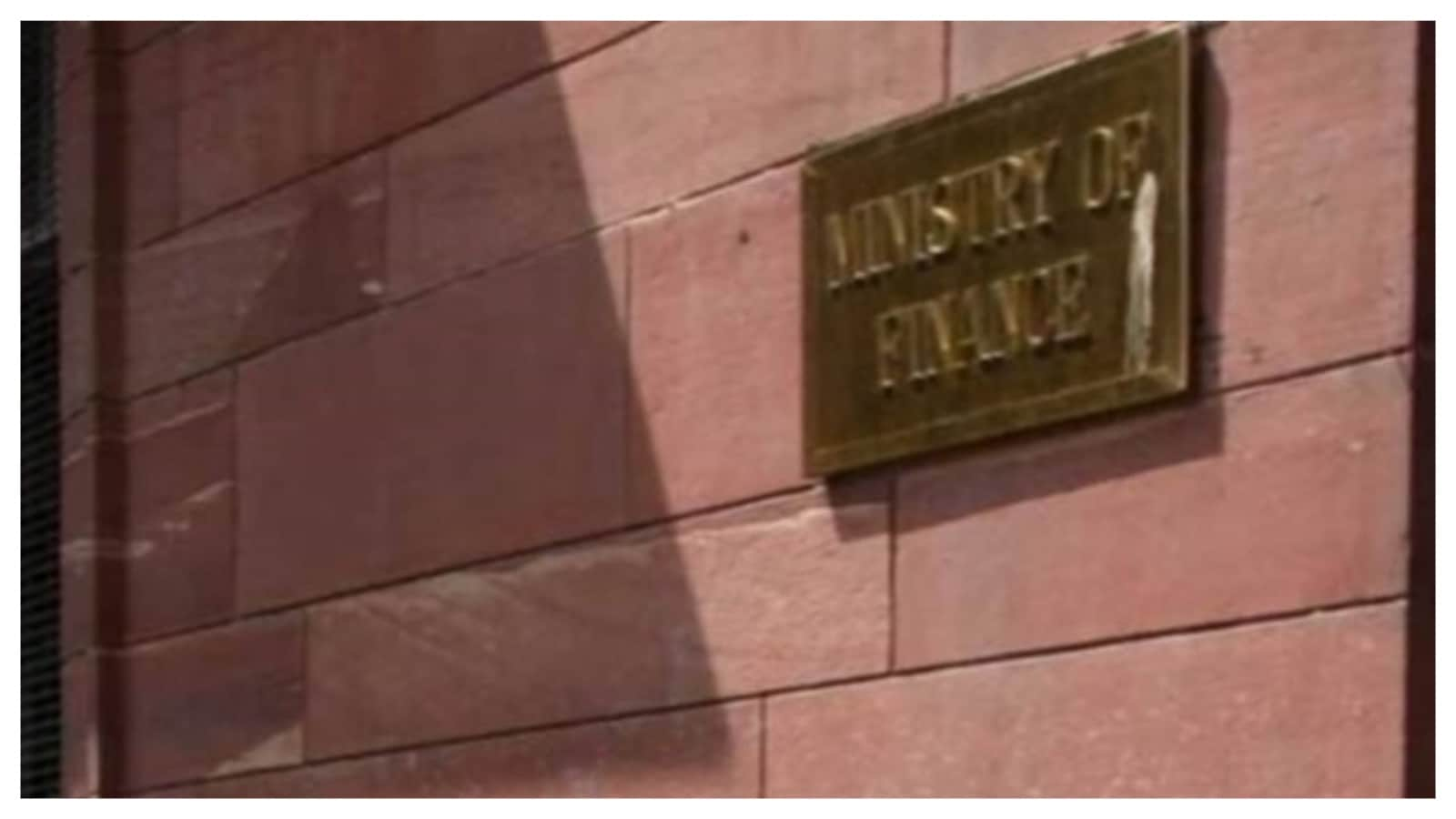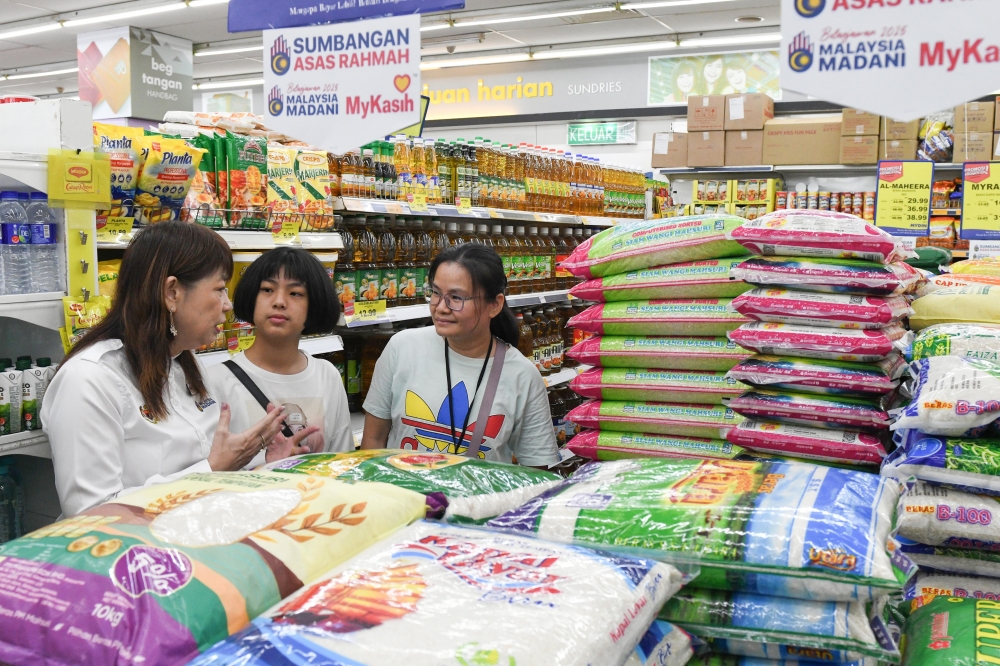Philippines Downgrades 2025 Growth Forecast Amid Global Economic Headwinds

The Philippines has revised downwards its economic growth target for 2025, citing ongoing global uncertainties, particularly the escalating conflict in the Middle East and the lingering effects of international trade tensions. Finance Secretary Ralph Recto announced the adjustment, acknowledging the challenging economic landscape and its impact on the nation’s projections.
Initially, the Philippines aimed for a robust growth rate. However, the evolving geopolitical situation, specifically the instability in the Middle East, has introduced significant risks to the country's economic outlook. Concerns about potential disruptions to global supply chains, rising energy prices, and increased inflationary pressures have prompted the government to adopt a more cautious approach.
Furthermore, the long-term consequences of trade disputes, echoing the policies implemented during the Trump administration, continue to weigh on the Philippine economy. While some of these trade barriers have eased, the lingering uncertainty and potential for renewed protectionist measures remain a concern for businesses and investors.
What Does This Mean for the Philippine Economy?
The revised growth target reflects a realistic assessment of the current economic climate. While the Philippines has demonstrated resilience in the face of previous economic shocks, the combined impact of these global headwinds presents a complex challenge. The government is focused on implementing measures to mitigate these risks and sustain economic momentum.
Government Response and Mitigation Strategies
Secretary Recto emphasized that the government is actively working to bolster the economy and protect it from external vulnerabilities. Key strategies include:
- Fiscal Prudence: Maintaining a disciplined fiscal policy to manage debt and ensure sustainable public finances.
- Infrastructure Investment: Continuing to prioritize infrastructure projects to stimulate economic activity and improve connectivity.
- Trade Diversification: Exploring new trade partnerships and markets to reduce reliance on any single trading partner.
- Support for Businesses: Providing targeted support to small and medium-sized enterprises (SMEs), which are vital to job creation and economic growth.
- Monitoring and Adjustment: Closely monitoring global economic developments and adjusting policies as needed to respond to changing circumstances.
The government is also committed to attracting foreign investment and creating a favorable business environment. Reforms aimed at streamlining regulations, reducing bureaucracy, and improving transparency are ongoing.
Looking Ahead
While the revised growth target presents a more tempered outlook, the Philippines remains a dynamic and attractive investment destination. The country's young and growing population, coupled with its strategic location and improving infrastructure, provides a solid foundation for long-term economic growth. The government's proactive approach to managing risks and implementing supportive policies will be crucial in navigating the current economic headwinds and achieving sustainable prosperity.
The situation is being closely monitored, and the government is prepared to make further adjustments to its economic strategies as the global landscape evolves. The focus remains on ensuring the stability and resilience of the Philippine economy in the face of ongoing global challenges.






